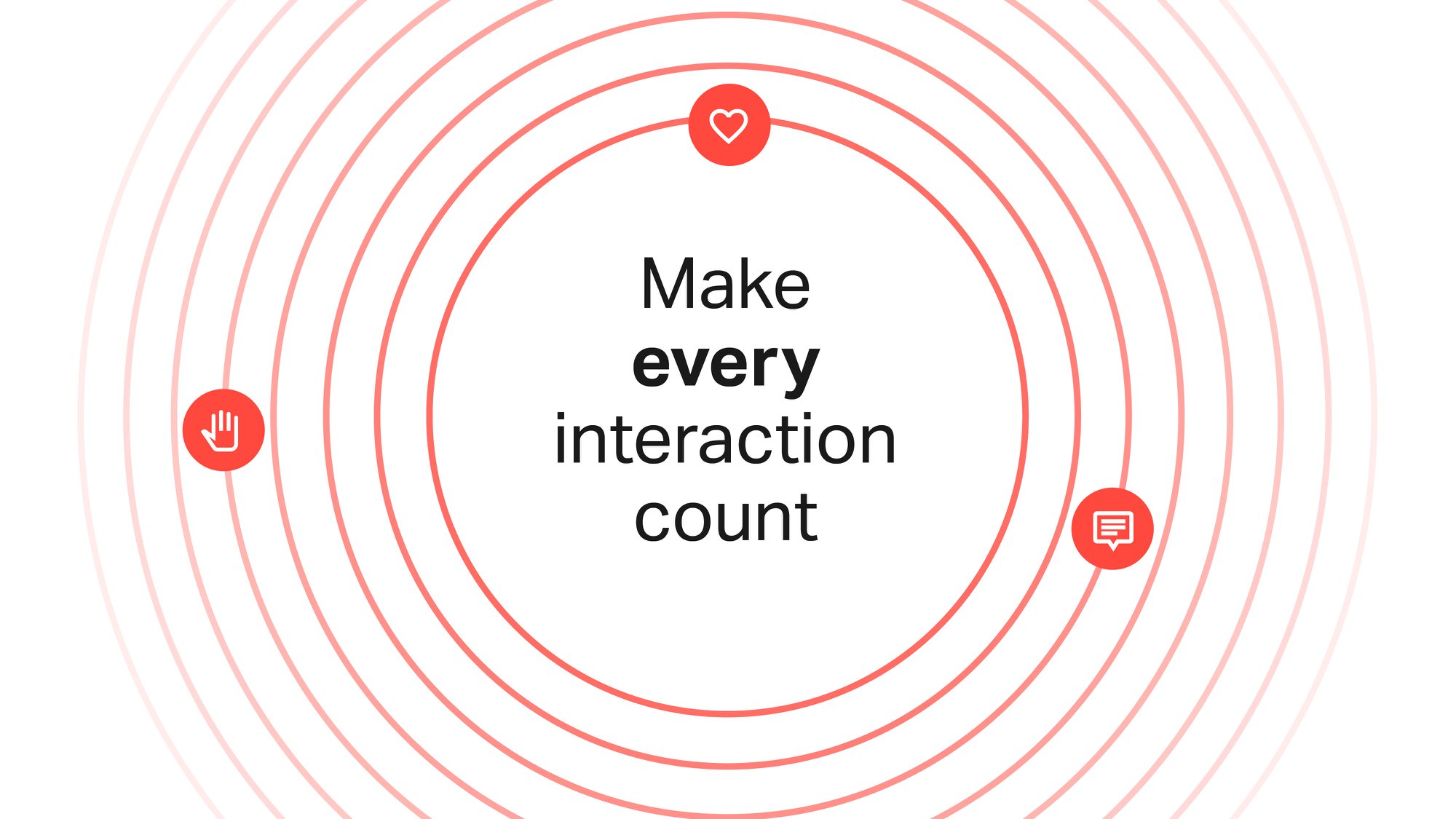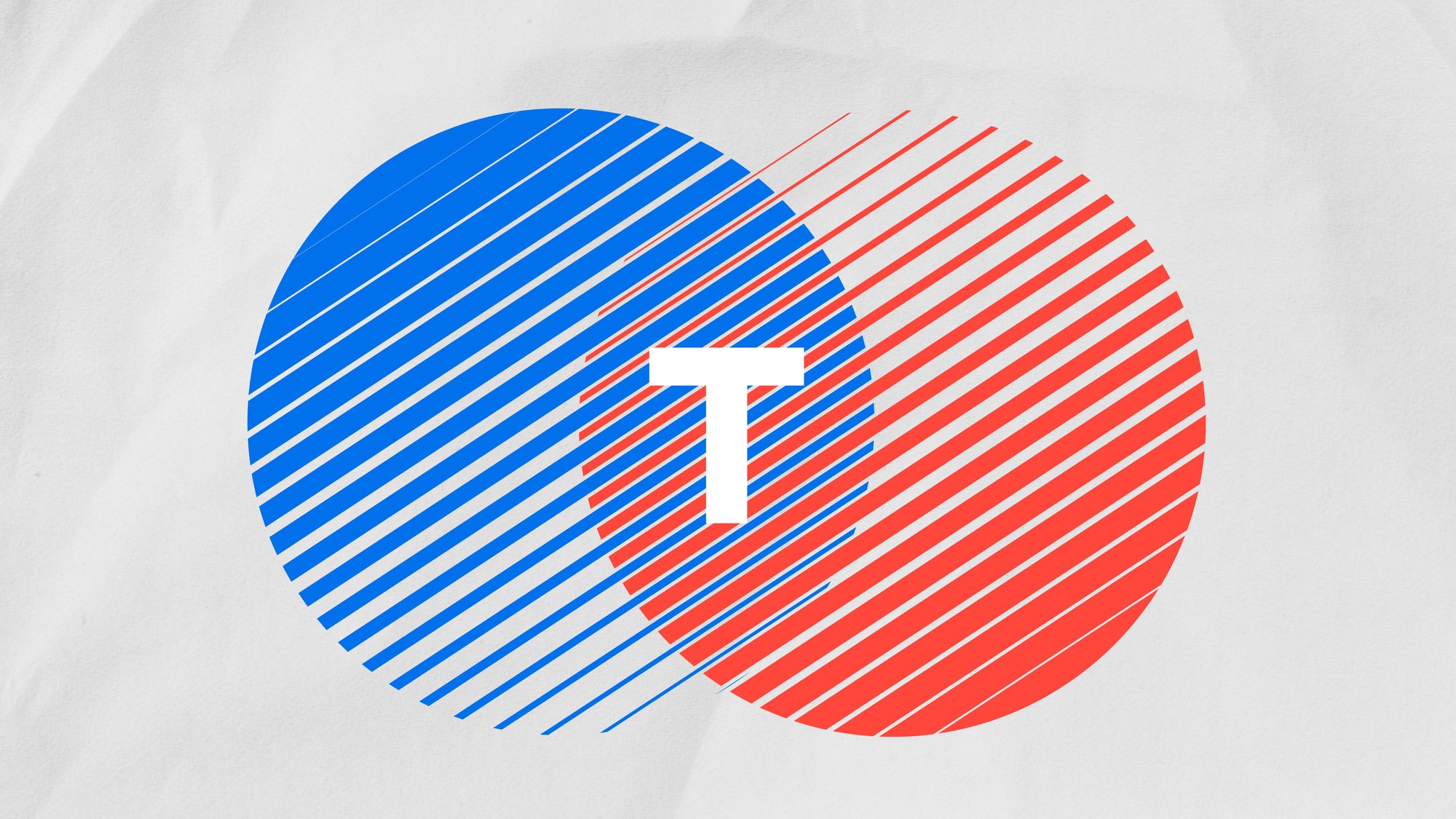Bravery in Brands: When an Authentic Brand Tickle Generates Genuine Connection

Boxes. Archetypes. Labels. All generalisations that we like to assign to brands to help us understand their communication style and what role they play in our lives. With the explosion of TikTok, meme culture and short-form content we have seen a number of brands boldly flipping the script and playing the fool. What we want to determine is does this work? And if so, why?
So, we looked at a few brands who are ‘flipping the script’.
Off the wall humour
Data shows that with emerging instability in today’s world, consumers are looking for connection from the brands that they support.
In the vein of the need for connectivity, a recent consumer trends survey highlighted that Gen Z are concerned with loneliness, a whopping 40% of Gen Z surveyed stated that they feel loneliness will be an issue for them in the next 5 years.
A campaign that subverts this fear of loneliness, is the “Great journeys start with Trainline” campaign. Its use of humour and ability to poke fun at the downsides of modern life extends a hand to consumers, inviting them to connect and laugh over shared experiences. In a world where 64% of consumers claim that humour makes an advert more memorable for them, this was a smart move from Trainline.
Trainline would usually be categorised into an everyman archetype as they provide an essential service that is part of most people’s everyday lives. This archetype does lend itself to humour and relatability and by picking up on this Trainline have realised how humour can positively impact a campaign. The power of humour has real impact in purchasing, statistics show that 80% of consumers are likely to purchase again from a company that employs humour in their advertising.

Humour and politics
Even more than connectivity, consumers are looking for humour. In a consumer survey with over 12,000 people it was discovered that 91% would prefer brands to be funny and 72% would choose a brand that uses humour over their competition. So, whilst it may seem intimidating, it is a very real branding strategy.
A very bold example of this is the branding for 2024’s Presidential candidate Kamala Harris, in one of the most controversial branding decisions of recent years Harris’ team fully embraced ‘brat summer’, allowing Tiktokers to remix her content, and making quips about her speeches. Harris’ brand was solidly defined as relatable and current.

As an archetypal ‘ruler’ this type of branding is virtually unheard of, yet it did work extremely well, posing the question, do we as consumers care about archetypes still? Okay, she didn’t win but given that she was a late entrant it was this type of brave marketing that kept the race neck and neck.
The extensive reliance on social media and trends is backed heavily by recent data, with 71% of consumers being more likely to recommend brands based on their social media experience with them and as many as 62% of millennials surveyed stating that they are more loyal to brands that are engaging on social media.
For brands that maybe want a less social media orientated way to push humour to their audiences we only have to look to KFC’s 2018 apology for an issue with their supplier leaving them without any chicken. What could have been a PR nightmare was turned into an endearing, genuine apology with the letters of their branding scrambled to read “FCK”.

It was a true ‘hold your hands up moment’ aligning with the fact that 94% of consumers are loyal to brands that show complete transparency. In this case KFC physically used their brand logo to convey their willingness to have a laugh, positions them as relatable. Their acknowledgement that sometimes we all just “FCK” up appeals to the simple human truth that connecting on a personal level is what many of us crave.
When being bold backfires
However, KFC as a brand can also be used as a cautionary tale. We know that consumers are crying out for connection and humour, but there is a fine line between cheekily pushing boundaries and polarizing consumers completely. Their recent ‘Believe in chicken’ campaign has caused massive controversy. Whilst it is clear the idea was to shock with the cult-like imagery and no-so-subtle nods to human sacrifice it appears that with many audiences they have completely missed the mark.
The varying reaction to this ad series showcases the type of humour that works. Consumers don’t necessarily want something abstract and dark because this is not lived the lived experience of most people.
In a similar vein, whilst consumers like for brands to make fun of themselves, it often completely backfires when going the other way. Recently, a stunt by Lipton claiming they were discontinuing their most popular flavour caused panic and annoyance in loyal consumers, with some even purchasing the product in bulk.

It was revealed that this was an accidental, early April fools’ prank and that they were in fact not discontinuing their most popular flavour. This did not go down well, with some marketing experts to go as far as stating that they were at risk of eroding brand trust and that the prank (unlike others of its ilk) was hollow and felt like it was making fun of those who were a fan of the flavour.
Conclusion: lighten up
So, what’s the takeaway here? It looks like those dusty old boxes we used to tuck brands into are getting a good shake-up. The data’s pretty clear: folks are craving a laugh and a sense of “hey, me too” from the companies they support.
That Trainline campaign, Kamala’s ‘brat summer’ vibes, and even KFC’s “FCK” moment, show that stepping outside your expected archetype with well-placed humour can really land.
But and this is a big but, there’s a razor-thin line. KFC’s “Believe in chicken” campaign and Lipton’s fake-out shows that it’s not just about being funny for the sake of it; it’s about tapping into shared human experiences and connecting authentically.
Ultimately, while those traditional brand archetypes might still offer a basic framework, today’s consumers, especially Gen Z, value brands that are willing to be a little more human and a lot more willing to have a laugh alongside them. Make sure the joke lands with warmth and understanding, not a thud of confusion or offense. Playing the fool can pay off big time, as long as you know your audience and, crucially, know when to stop clowning around.





